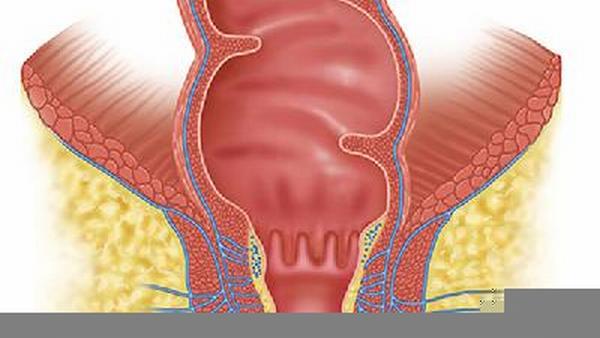二级子宫癌手术后能活多久
 子宫癌疾病编辑
子宫癌疾病编辑
 子宫癌疾病编辑
子宫癌疾病编辑
title: Life Expectancy After Surgery for Stage II Uterine Cancer
Introduction:

Uterine cancer, also known as endometrial cancer, is the most common type of gynecological cancer among women. When diagnosed in its early stages, the prognosis for uterine cancer is generally positive. However, patients diagnosed with stage II uterine cancer face a more advanced form of the disease that may require surgical intervention. This article aims to discuss the life expectancy after surgery for stage II uterine cancer and factors that may impact it.
Surgery for Stage II Uterine Cancer:
The primary treatment for stage II uterine cancer is surgical removal of the uterus, cervix, and surrounding tissues. This procedure, called a hysterectomy, may also involve the removal of nearby lymph nodes to assess the spread of the cancer. Depending on the extent of the disease and individual circumstances, additional treatments such as radiation therapy, chemotherapy, or hormone therapy may be recommended.
Factors Affecting Life Expectancy:
Several factors influence the life expectancy of patients who have undergone surgery for stage II uterine cancer. These include:
1. Age: Younger patients generally have a better prognosis compared to older patients. Young age often signifies overall better health, the ability to tolerate treatment, and a higher chance of survival.
2. Tumor Grade: The grade of the tumor, which indicates how abnormal the cancer cells appear under a microscope, plays a crucial role in determining the prognosis. A lower grade tumor implies slower growth and a more favorable outcome.
3. Lymph Node Involvement: If cancer has spread to the nearby lymph nodes, it may indicate a higher risk of recurrence. In such cases, additional treatment measures are often implemented.
4. Stage II Subtypes: Stage II uterine cancer encompasses two subtypes, IIA and IIB. IIA refers to cancer that has spread to the cervix, whereas IIB indicates involvement of the outer layer of the uterus. The prognosis may vary slightly depending on the specific subtype.
Overall Life Expectancy:
It is challenging to provide an exact life expectancy for patients with stage II uterine cancer after surgery, as individual cases differ. However, the five-year survival rate for stage II uterine cancer after surgery ranges from approximately 35% to 70%, depending on various factors such as those mentioned above.
Follow-up Care:
Regular follow-up care is crucial for patients after surgery for stage II uterine cancer. This ensures early detection of any potential recurrence or complications. Follow-up care often includes routine check-ups, imaging scans, hormone therapy as needed, and close monitoring of symptoms. Adhering to recommended follow-up care guidelines can help improve long-term outcomes.
Conclusion:
While a diagnosis of stage II uterine cancer is undoubtedly concerning, surgical interventions, such as hysterectomy, provide an opportunity for successful treatment. Various factors, including age, tumor grade, lymph node involvement, and specific stage subtype, influence life expectancy after surgery. It is important for patients to consult with their healthcare providers to understand their unique prognosis and establish a long-term care plan. By addressing these considerations, patients can work towards a positive outlook and continue living fulfilling lives even after a diagnosis of stage II uterine cancer.




